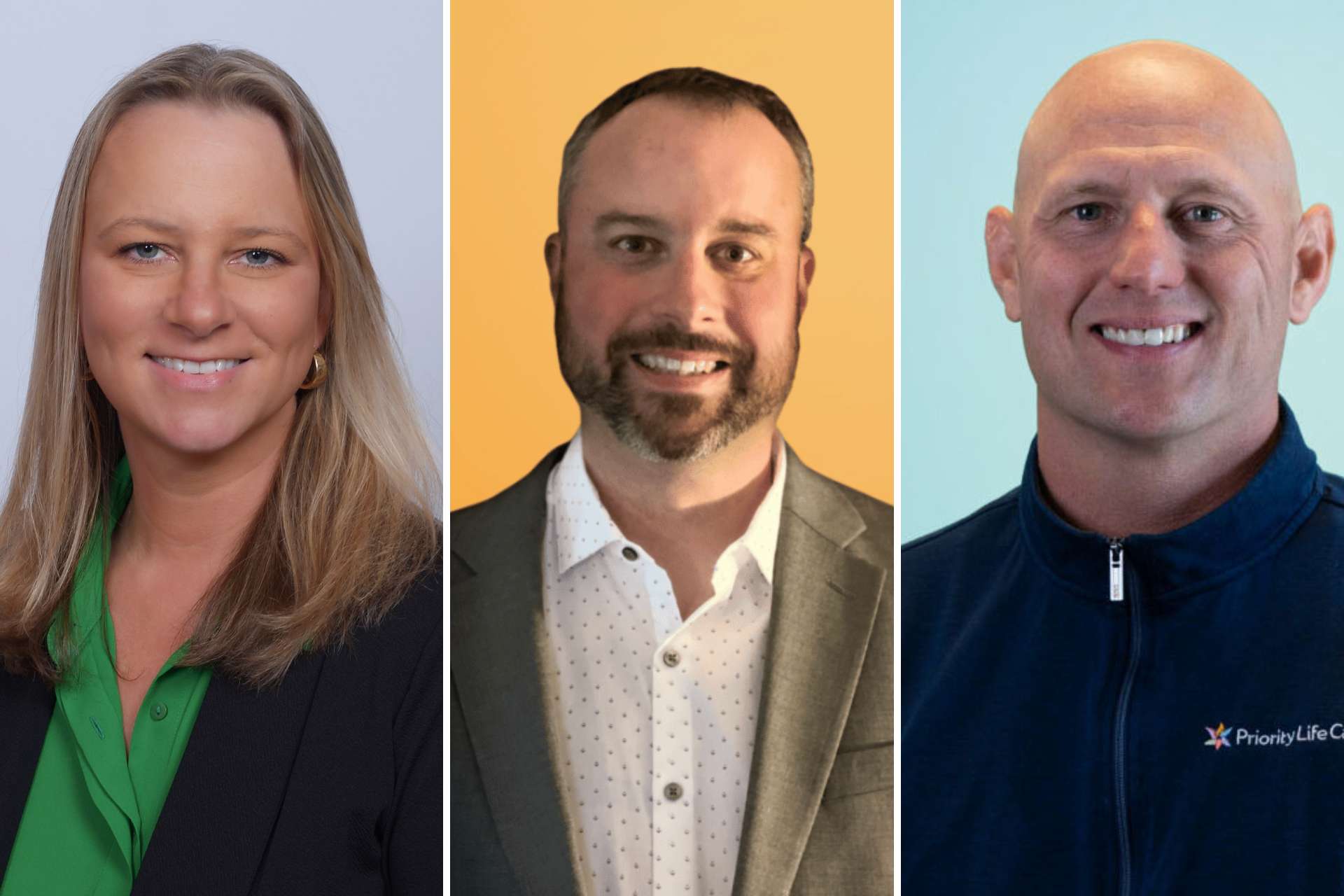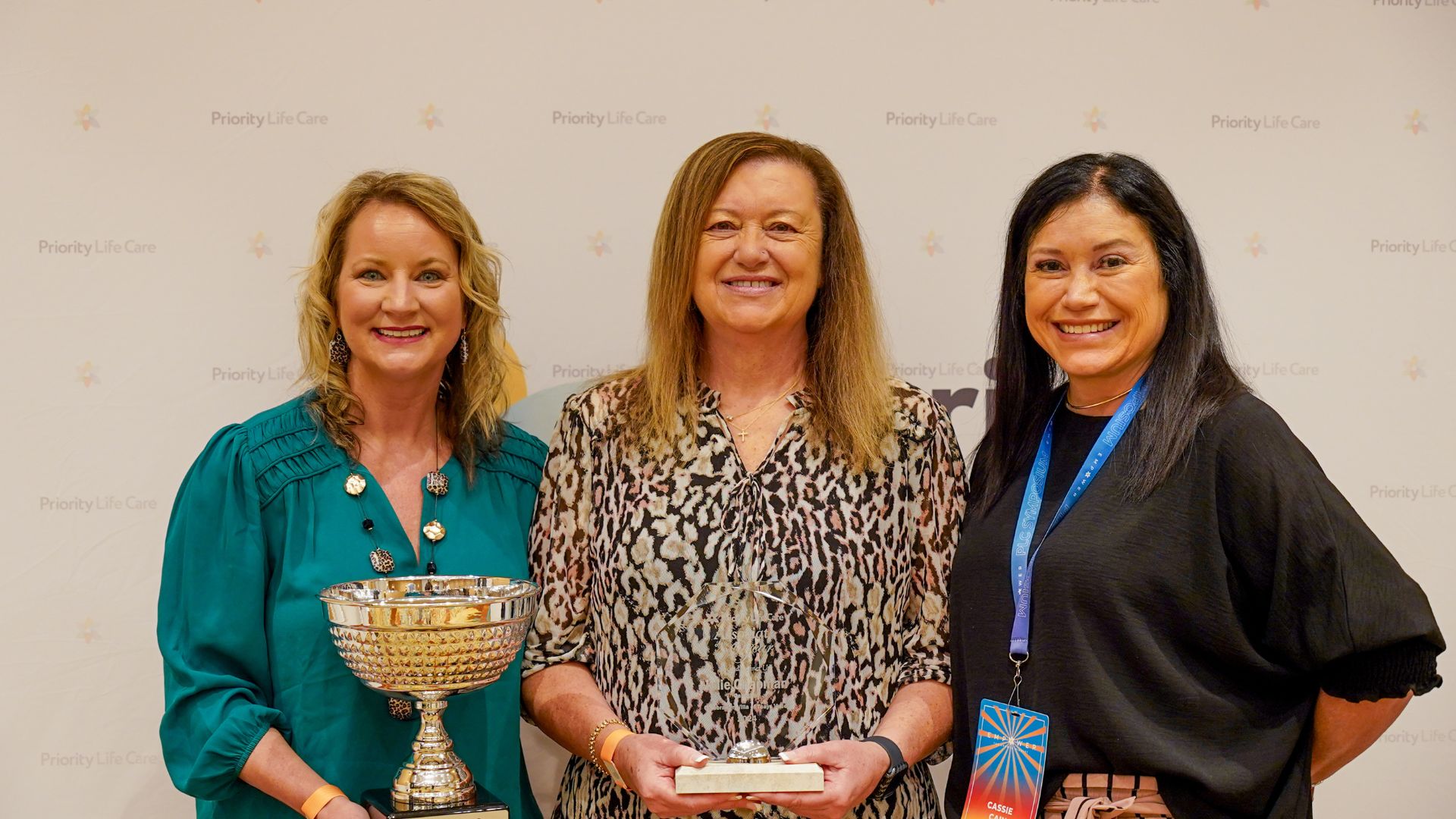Choosing a senior community for your loved one is one of the most important care decisions you’ll make; the large number of options available can make the decision feel overwhelming. We want to help you get back to the basics with this quick guide to everything you need to know about senior care terminology.
While the idea of making big care decisions for aging parents or family members can be daunting, it can also be a tremendous opportunity to support your loved one. Aging is inevitable, and it’s best to be as prepared as we can be to begin making decisions on things like living arrangements, finances, and tackling common issues among seniors.
A simple Google search will reinforce the fact that seniors have many, many options when it comes to care, and there truly seems to be endless information available. If you’re already feeling a bit overwhelmed, don’t worry. We’ve compiled and defined some of the most commonly used terms when it comes to senior care.
- Independent Living or Senior Living homes within a complex offer transportation, security, and recreational activities, but no health care services. There is sometimes a strict minimum age requirement.
- Assisted Living Residences provide help with activities of daily living, including basic health services, recreational and social activities, but not skilled nursing care.
- Skilled Nursing Homes provide 24/7 care by licensed health professionals, including all housekeeping, medical, and social needs.
- Continuing Care Retirement Communities provide a continuum of care from independent living to assisted living to memory care to skilled nursing. These communities are designed to enable seniors with progressively declining health to remain in a single residential location or give healthy seniors the peace of mind that all their future needs are covered.
- Along the Journey is PLC’s Memory Care program, aiming to help families and caregivers develop relationships and enrich the lives of residents with memory impairments.
- Short-Term Respite Care is a short-term stay, usually 30 days or less, and a great option whether recovering from a hospital stay, giving a caregiver a break, or testing the waters.
- Home Health Care offers a variety of health services within the home, often being more affordable and convenient than inpatient care depending on the amount of care needed.
- Activities of Daily Living (ADLs) refer to the daily self-care activities of a senior. The ability or inability to complete the activities help determine what level of care is needed. Some examples of ADLs include:
- Personal hygiene: bathing/showering, grooming, nail care, and oral care.
- Dressing: being able to make appropriate clothing decisions and physically dress and undress oneself.
- Eating: the ability to feed oneself, though not necessarily the capability to prepare food.
- Maintaining continence: being able to mentally and physically use a restroom. This includes the ability to get on and off the toilet and cleaning oneself.
- Transferring/Mobility: being able to stand from a sitting position, as well as get in and out of bed. The ability to walk independently from one location to another.
- Dementia is a general term for memory loss, or the inability or lack of ability to remember, think, and/or make decisions. The most common cause of dementia is Alzheimer’s Disease.
- Medicare is a federal program that provides health coverage if you are 65+ or under 65 and have a disability, no matter your income.
- Medicaid is a state and federal program that provides health coverage if you have a very low income.
- Medicaid Waiver is an option in many states that helps low income seniors pay for the cost of care in an assisted living community.
- Occupational therapy uses everyday activities and exercises to help improve a person’s emotional, sensory, or cognitive problems.
- Physical therapy helps to promote, maintain, or restore a person’s physical health.
- Speech therapy addresses concerns with speech, language, and/or swallowing.
Now that you understand the terms, what should you consider next when choosing a community type for your senior?
Living Arrangements
As you begin to consider the best option for your senior, understanding all the options will allow you to make a decision with confidence. Three common arrangements are living at home, independent living, and assisted living. Below is a brief overview of these options!
Living at home
Many seniors would prefer to stay in their own homes as they age. Staying in the home allows less change in your seniors’ life, but often comes with many changes and challenges regardless. For many, this requires in-home care and home modifications. A few questions to ask yourself, if you’re considering whether living at home is the best option, are:
- Can your loved one safely cook healthy, nutritious meals for themselves? Have they begun to show signs of risk when handling kitchen appliances (ie. forgetting food in the oven, starting a fire, dropping sharp utensils, etc.)?
- Is your senior able and willing to care for him/herself? Is your senior adequately grooming, bathing on a regular basis, and keeping clothes laundered?
- How often is family or a caregiver needed to ensure the safety of your loved one?
Independent living communities
An independent living community may also be a great option for your loved one. This type of living is typically an apartment, condo, or home designed for seniors aged 55 and above. Independent living allows your senior to be as independent as possible, while still being part of a bigger community and encouraging social interaction as they age. A few reasons why it may be time to move to an independent community:
- Your loved one is independent but no longer maintains their home.
- Your loved one shows signs of isolation and reduced enthusiasm to initiate plans with loved ones.
- Your loved one would benefit from a multitude of social activities throughout the week.
- Safety through 24/7 staffing and oversight.
Assisted living communities
A senior fit for assisted living may be similar to someone fit for independent living, with just a few more needs. Assisted living communities provide supportive care and also place a major emphasis on social interaction, mental stimulation, and physical activity. Most communities will also include housekeeping, laundry, a dining package, and visiting medical professionals. A few reasons why it may be time to move to an assisted living community:
- 24-7 staffing and care oversight.
- Your loved one needs help with medication management.
- It is no longer safe for your loved one to be home alone.
- Your loved one needs daily assistance with everyday activities such as taking medication, preparing meals, bathing, and getting dressed.
- Your loved one does not need 24-hour skilled nursing care.
So you have an idea of what living arrangement will work best for your family, what else should you consider when selecting a community?
Location
The community should be conveniently located for family and friends to visit. You may also consider the amenities nearby such as access to shopping, restaurants, town center, and other medical facilities.
Senior Nutrition
Maintaining a well-rounded, nutrient-dense diet is important at every stage of life. As your loved one ages, it’s important to account for a change in lifestyle that may make it more difficult for them to consume a proper diet. Aging can often affect one’s ability to grocery shop and prepare meals or may even alter their appetite and the way food tastes. As aging occurs, your senior’s body and life will change, and so will their ideal diet.
Medical Care Available
Depending on your seniors’ needs, be sure to check out what type of medical care is available on site and if it’s not available on site, what transportation arrangements does the community provide?
Life Enrichment Programs
What activities are available to keep your senior engaged and active? Ask the community for a calendar of events. Look for scheduling throughout the day, both in and out of the community. A diverse set of activities should be offered to engage the mind, body, and soul.
Onsite medical visits
Onsite medical care is not only convenient but also serves as a way to overcome the barrier of travel that many seniors face, making it a bonus for any community to provide.
Physical therapy
Physical well-being plays a crucial role in aging well. Finding a community that recognizes the importance of physical therapy may serve your senior well.
Security
When transitioning your loved one to a senior community, the last thing you should need to worry about is their safety. Ask communities about their security practices, and how they ensure seniors are staying safe.
Facility Extras
Some communities offer non-essential services like a salon or barbershop. Be sure to note some of these amenities when you’re making a decision on which community will be best for your family.
Financial Costs
Make sure you have a list and understand all of the costs that will be charged monthly. Are there any ancillary charges that may come up and are there any annual increases or charges?
Stay tuned for our upcoming blog post in the Back to Basics series, where we’ll discuss where to start when it comes to paying for senior care!



